How to Design the Perfect Warm Up
by brandon gallagher
July 4, 2018
Before training, you must prep the body for movement. A proper warm up can be the difference between a PR lift (personal record) and increased injury risk. When considering the proper warm up, we need to look at what the session is asking for. Deadlifts? Squats? Press? Let’s break down the main three movement patterns to see what warm up works best for each.
An effective warm up has a few key components: Activate the right muscles, prime the movement, break a nice sweat, and mentally prepare us for the workout. In its most basic form, this can be done by creating something around 3-4 rounds with specific as well as general movement patterns to get our body ready to do work.
DEADLIFT
We’ll start with the deadlift. With the heavy weight of deadlifting comes higher risk of injury and increased need of a proper warm up. Whether its sumo or conventional, we focus on the posterior chain and core. Priming the posterior chain for movement can be done in a few ways; things such as single leg Romanian deadlifts (RDL), single leg plate touches, Superman holds, GHD Back extensions, and good mornings are some of my favorites. We also need to prime our core for its function during the deadlift of resisting force and maintaining a stable spine. Movements that require the core to resist movement, like the hollow hold, pallof press, or the plank (including plank variations) are nice places to start. Lastly, we need to get our heart rate up and the blood flowing, but not to the point of exhaustion. Just enough to get the body warm and increase the pliability of our body’s tissues. Take a turn on the rower, Assault bike, or a quick run. A solid deadlift warm up could be set up in the following way:
3 Rounds:
15 Cal Row
30 sec Hollow Hold
14 Single-Leg Plate Touches
SQUAT
When looking at the squat we are going to see a very similar style warm up. The primary difference between the squat and the deadlift is going to be the recruitment of the quads in the squat. To warm up the squat, instead of a movement that focuses on the hip hinge pattern (such as single leg plate touches), we want a primer for the quads. Things such as lunges or step ups, squat variations, or wall sits would be ideal. We still want to focus on getting the heart rate up here, and activating the core to resist movement while preserving a stable spine. Here would be a good example for a warm up for a squat day:
3 Rounds:
15 cal Bike
30 sec Straight-Arm Plank
20 Walking Lunges
PRESSES
Next, we look at pressing movements. This could include bench press, overhead press, push press, jerk or any variation of these. Once again, most of the warm up is going to look the same in terms of increased heart rate and core movements primers. The difference here is we are going to really need to focus on scapular recruitment and function. This is important not only for purposes of strength, but also for purposes of full range of motion and keeping the shoulders healthy. A few ways I like to warm up the shoulders is by crawling patterns, handstand holds, Y,T,W’s, or scapular push ups. All of these exercises prime the shoulders for movement while reinforcing stable positions for the press. We get more bang for our buck here with scapular/upper body recruitment along with the core stabilization and activation. Things such as crawling patterns and handstand holds are great for both. Here is an example warm up:
3 Rounds:
30m Bear Crawl
6 Landmine Single Arm Press/side
200m Run
Lastly, for those of us performing movements such as the snatch or the clean and jerk the same warm up principles apply. The only difference would be a greater emphasis on explosive movement patterns that replicate the triple extension found in the lifts. This can be done by swapping/adding box jumps, or broad jumps, just as a couple of examples.
Thank you for taking the time to read!! If you have any thoughts or questions feel free to ask!! If you haven’t, make sure to follow us on Instagram @Thrivefitnesswellness or my personal Instagram, @Brandon_Thrivefitnesswellness, where I give more tips to THRIVE.
Next post will be on the importance of stimulus and why scaling to stimulus is important!!




